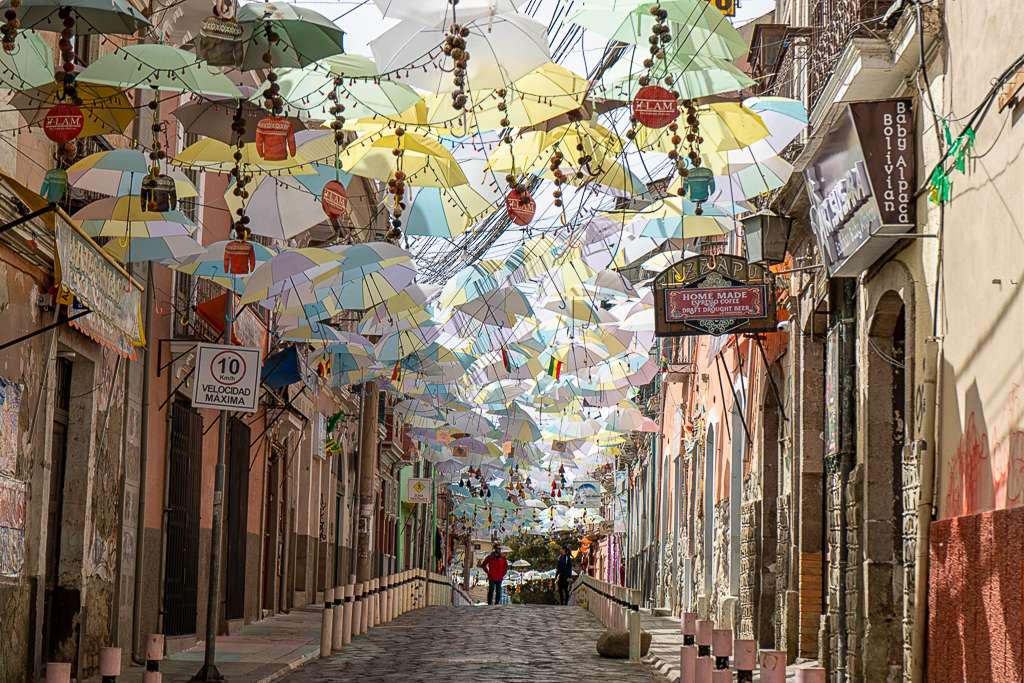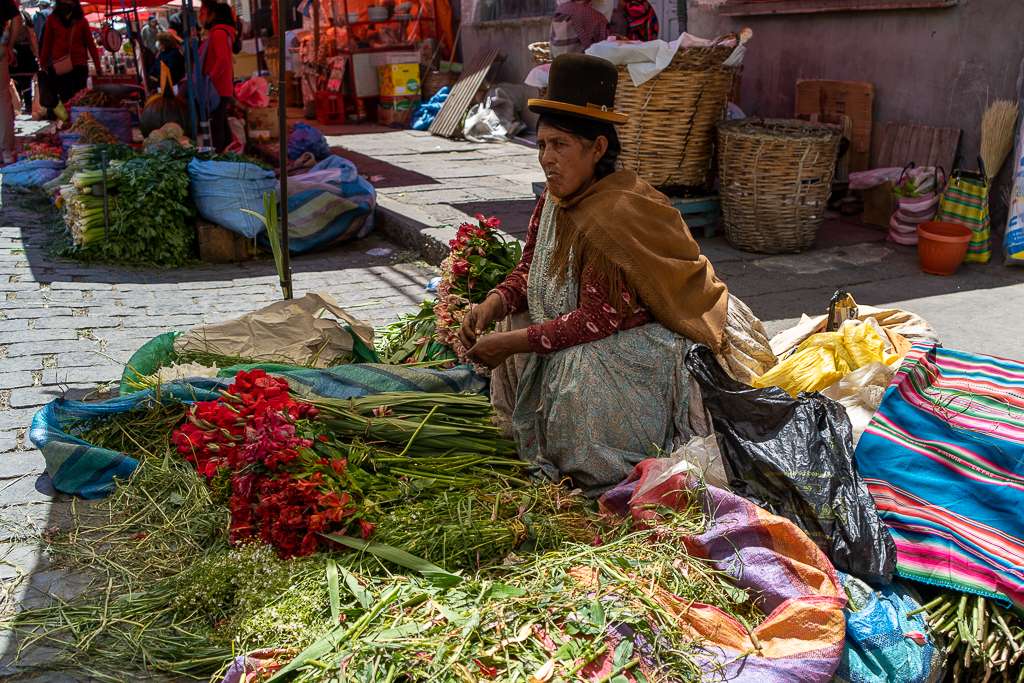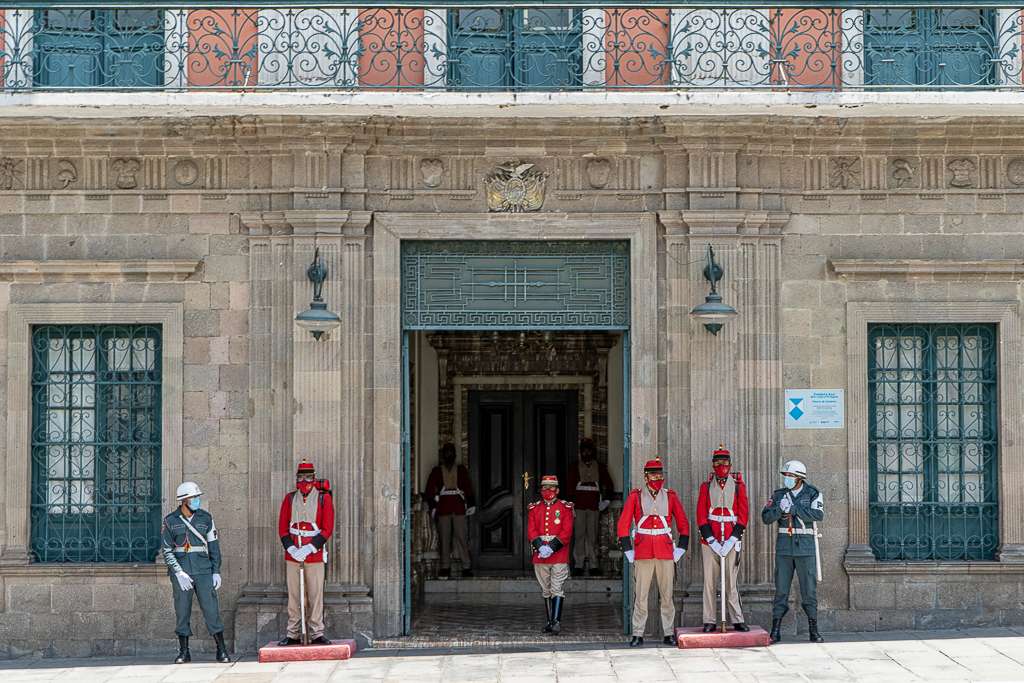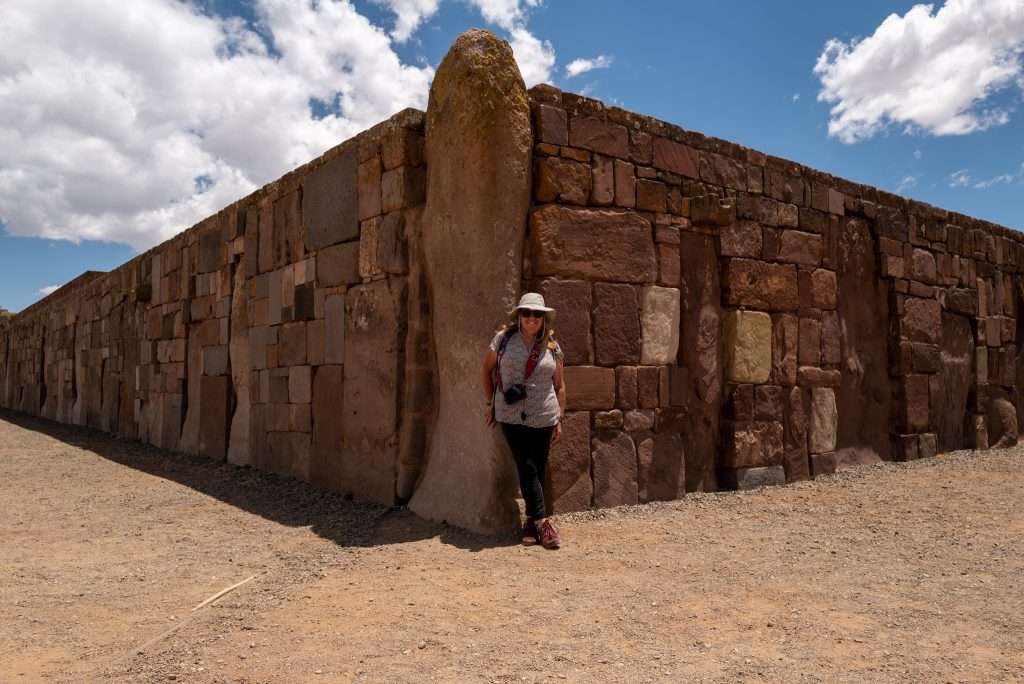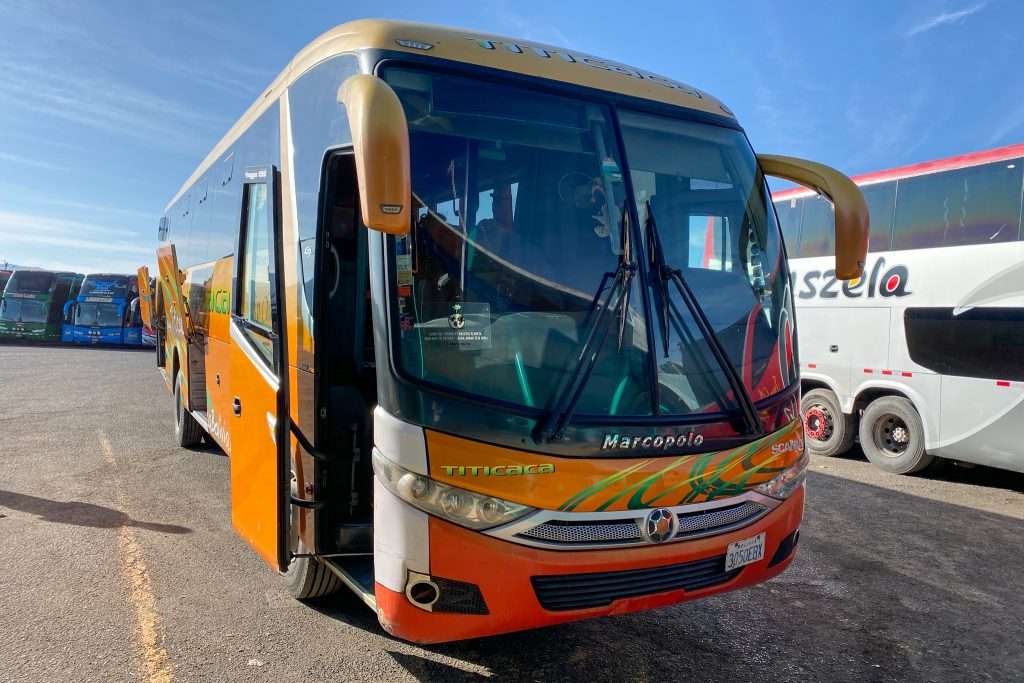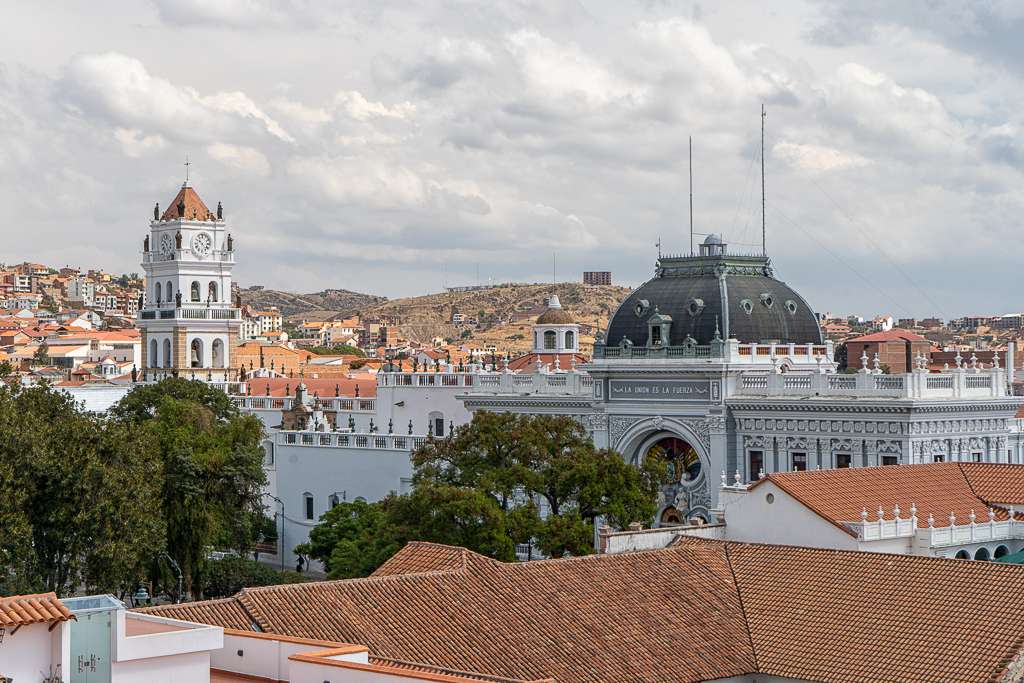
Sucre in two days | Andiamo Amigos explore Bolivias white city
Sucre is in Bolivia’s southern highland region and you could be forgiven for thinking that the other large city in Bolivia, La Paz, was its capital but no, its Sucre, the gorgeous white city as its sometimes known.


